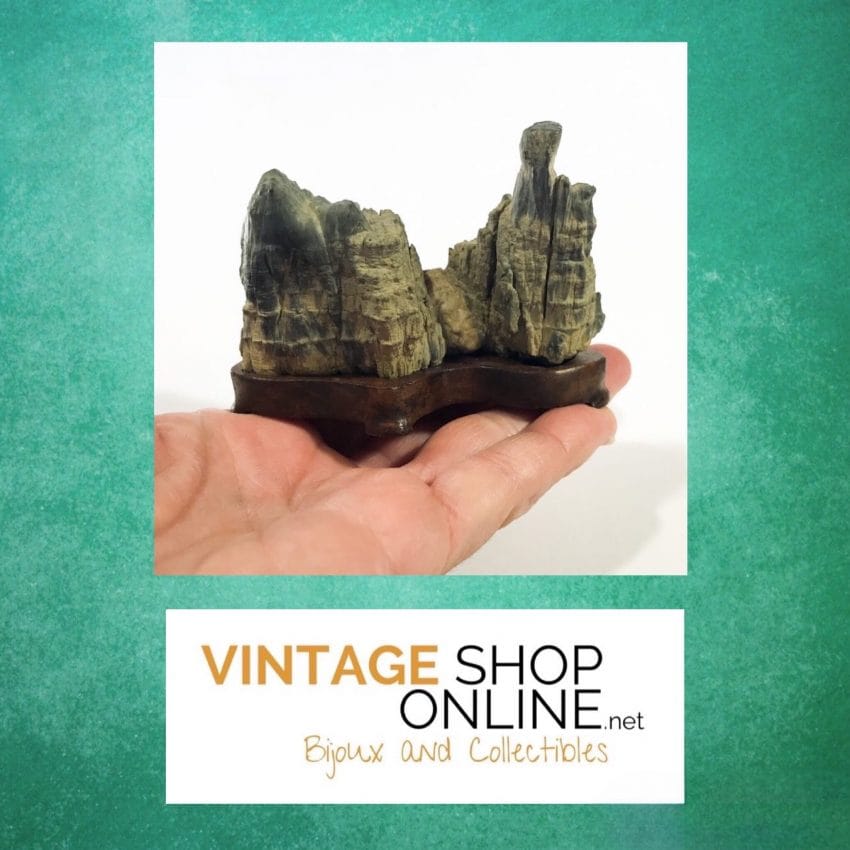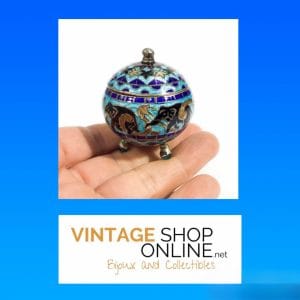WHAT SUISEKI ARE ?
When I happened to buy a Suiseki, I did not know the whole universe hidden behind this little wonder. It is always like this,every time I discover an enchanted world that attracts and captures me.
In the past, the time to reconcile with the universe and regain balance was a common practice; in the ancient East, man's wisdom has always been accompanied by profound respect for nature and the incessant observation of his being. Its temporal rhythms its evolved yet ancient forms, everything is harmony, beauty,calmness. With these absolutely natural ingredients, the great masters gave life to the art of "stone worked by water". For more than two thousand years we have been aware of the contact with the maximum expression that nature offers us in a multitude of specimens; stones,rocks and stones. The archaic and philosophical art of Suiseki blossomed in China and spread to Korea and Japan thanks to the teaching of Zen monks. The East is absolutely the cradle of a journey within the human being through the pursuit of happiness. What surrounds us "here and now" is discovering awareness and determination in appreciating everyday life. This and much more is the inspiration in creating a Suiseki.
HOW MANY TYPES OF SUISEKI EXIST?
Wishing to find information on this ancient art, the result was more than positive. I learned without surprise that the Japanese are great connoisseurs and admirers of Suiseki. Currently the criteria they apply in classifying a stone, they are based on four hinges.
The place of origin, the shape, the color and type of surface. Of course the crystals and stones as well,they are traditionally excluded from use as Suiseki. To be classified naturally, the stone must meet certain aesthetic requirements; to please the senses and attract with its enchanting beauty.
THE PLACE OF ORIGIN
Most Japanese collectors prefer the classification of Suiseki based on their origin. For example, there are the stones of the Kamogawa River from which they take their name, the Kurama and Kibune stones found in a stretch of the same river or in its vicinity.
The stones of the mountains of Wakayama prefecture are called Furuya stones. These are some examples,the complete list is remarkable.
Of particular interest among the great admirers are the Neodani stones which have a reputation for superlative quality. These are located in an area protected by the state property, the place of origin of Neodani in the prefecture of Gifu and the surrounding areas. In the year nineteen hundred and fifty-two they were recognized as "Special National Treasure".
In Japan, the trend of collectors is to use multiple stone classification systems. Very rare are the Suiseki that have conquered the four classifications. In Western countries on the contrary,the place of origin of the stone tends to be underestimated, giving greater prominence to the other items.
THE SHAPE
In classifying Suiseki for its appearance, there are two categories where it can be placed; as "Picturesque landscape" or otherwise "Object".
In the set of landscapes there are twelve classes in which to place the stone, if its appearance is similar to a mountain or a waterfall or a mountain stream and so on.
If the stone evokes an object such as a bridge, or a subject such as a bird; it will find its place among the eight classes of this set.
COLOR
An important feature in classifying Suiseki is the monochrome or polychromy that highlights it. Color is an essential part, it must arouse various emotions in the observer. These stones are placed in eight groups, starting from black to the interweaving of five colors.
THE SURFACE
Each Suiseki, depending on its mineral structure, highlights particular ripples or smooth areas that make it unique. These are defined as "model stones" for their very natural appearance and four very important classes are placed among the "stylized plants". An interesting design created by the texture of the stone is certainly the chrysanthemum flower.
For the Orientals it is a symbol of immortality, this is why Neodani stones are considered to be the most beautiful and rare; their tuff structure can be black or in other colors with a texture drawn in chrysanthemum from white or reddish limestone. The chrysanthemum is also the symbol represented in the imperial coat of arms.
Then there are sections dedicated to celestial bodies such as the moon, to atmospheric conditions such as rain or lightning and finally there are abstract stones that represent another aspect of nature.
I WILL BE ABLE TO SEE THE FANTASTIC EXHIBITION?
Daydreaming,I imagine myself in America inside the permanent exhibition at the U.S. National Arboretum a Washington D.C.
In a magical atmosphere surrounded by fifty-three rare Bonsai trees and six highly prized Suiseki, a priceless gift from Japan for the American Bicentennial. Magnificent incredible stones with a timeless experience, silent witnesses of the mixer of emotions that each time create for the new observer. In this time of great change,appreciate the little everyday things and how to harness happiness to keep it from slipping away. Fresh morning air when the light is dim, the silence from the frenzy and the magical voice of nature that caresses the soul;it is with gratitude and joy that I set out to discover the new day and what will happen.






